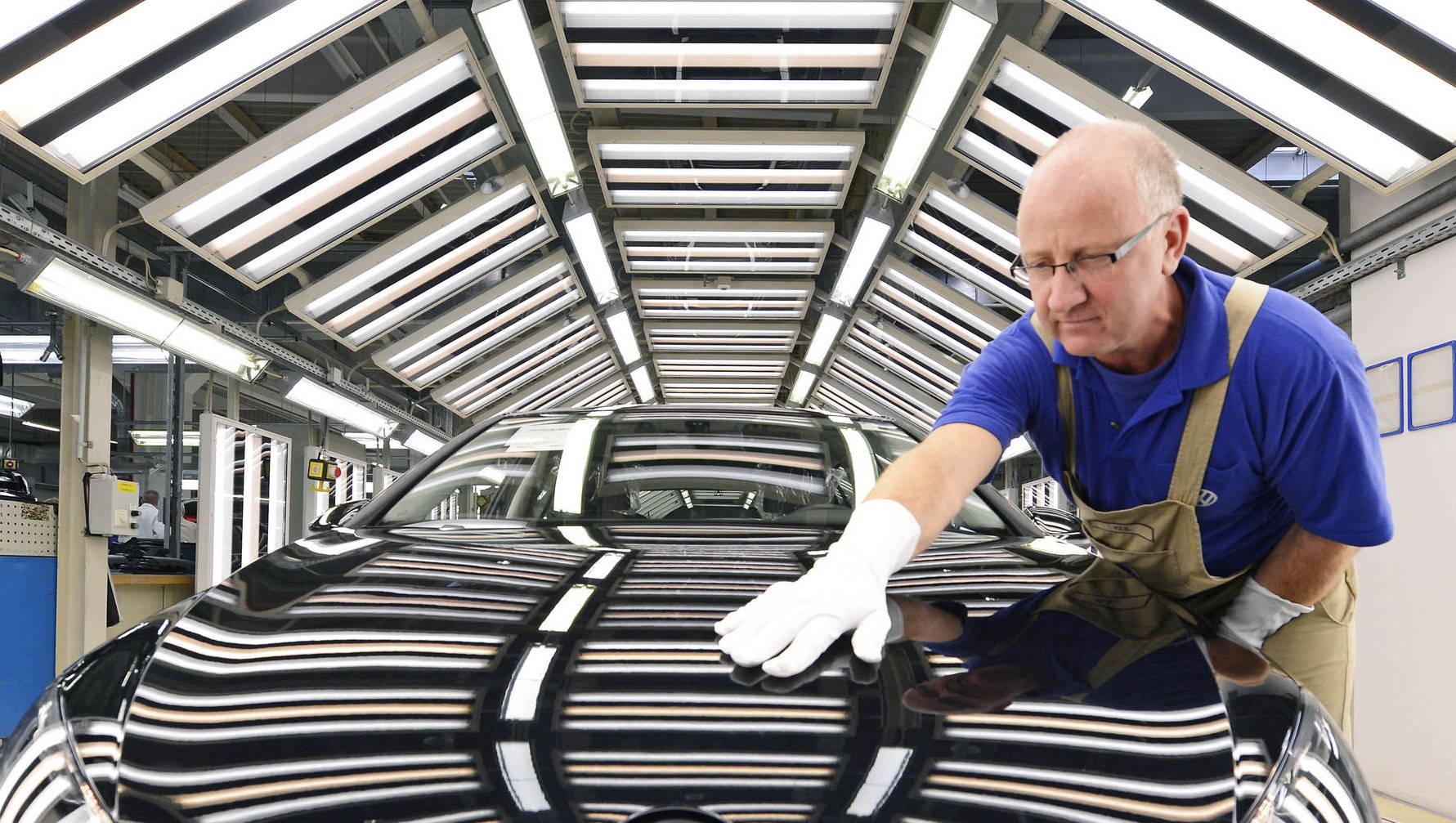Hansei: The day I destroyed Toyota property
3 minutes, 24 seconds read

It was a rainy evening in Brussels. After only six days in that grey and wet city, where the company has its European headquarters, I noticed my sunny days were definitely over. It was a week of many big changes for me: freshly arrived from Mexico, I was a 23-year-old graduate engineer who had just joined the Quality Division of the most respected manufacturer in the world only three days before. I sighed of relief when I saw the motorcyclist stand up on his own. He was cursing in Flemish; I was just glad he was alive! I shook the pieces of glass off my lap and I got out of the severely damaged test car of my employer. Total loss… Oh yes, I was in deep trouble.
My first days in Toyota Motor Europe did not start very well. I was very impressed by working in the company I had read so much about. Half of what I studied was either invented or perfected by these guys! On my first department meeting with my colleagues and managers, I was surprised by their youth: “if these are the people who sustain the Toyota Quality System, they must be geniuses!” One of the several Japanese in the room started talking. Everybody just listened attentively and nodded their heads. Now I got really worried: I could not understand a single word. Was I the only non-genius in the room who did not speak Japanese? Wait, no… he’s actually speaking English! (It took me months before I could understand my Japanese colleagues, but I ended up speaking English like them.)
The day after my car-destruction incident, I had to meet with my General Manager, explain the story to him, and apologize. He looked very upset. He always seemed to be upset. I had been told that most Japanese could be categorized as either “samurai” or “friendly peasant”. Later I learned that this prejudice was wrong, but this guy was most definitely “samurai”. A frightening one.
I was very nervous and deeply ashamed of the terrible first-impression I was giving. My Senior Manager tried to cheer me up: “Hey, it’s not so bad: at least he’ll remember your name!”. (Sure, thanks.) My mentor simply recommended me to tell him the facts; nothing more, nothing less.
Our meeting started. After a long while of me talking and Mr. Samurai listening, I finished my story. Then, there was silence. It felt like ages. And he finally spoke: “You followed rule. When you follow rule, rule protect you. Good.” (I was declared innocent!) He was suddenly more fluent: “It’s not so difficult to imagine how bad you must feel right now.” (You have no idea!) “Please remember this bad feeling very well, because in the future you will be responsible of much more valuable and important Toyota property that you will handle. If you remember feeling today, I am sure you will be more careful in future.“
And that conversation was my first experience of Hansei. Hansei is usually referred to as a reflection done at the end of an activity or project, to find opportunities for improvement. This is partly true. However, Hansei is not only an intellectual exercise of reflection but an emotional one as well, as reflected in my very atypical first experience.
Not much attention is given to Hansei; not even in Toyota. By this, I mean that they don’t usually call it by its name. It’s something they just do naturally.Always. It’s a necessary attitude to ensure kaizen and a key element for learning from problem-solving.
At the end of our conversation, Mr. Samurai told me: “You were very lucky that nobody got hurt at all in the accident. I wish you keep up that good luck in the rest of your career. Welcome to Toyota.”
Not such an evil samurai after all…
Like this content? Sign up for our Newsletter
THE FRONTLINE DOJO
More Articles
How to develop the next billion Knowledge Workers
3 minutes, 51 seconds read
Digital transformation in manufacturing is not what you think it is
10 minutes, 36 seconds read
The human side of change management: lessons learned from Toyota, Airbus, and Silicon Valley
1 minute, 28 seconds read
The true meaning of Genchi Genbutsu
3 minutes, 5 seconds read